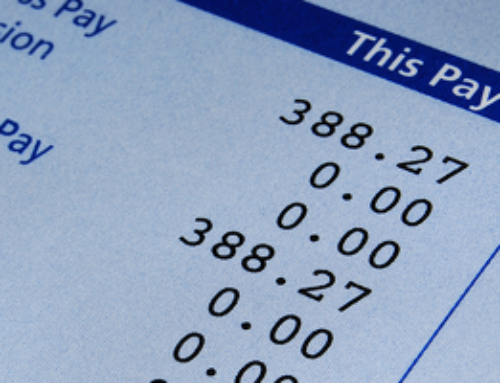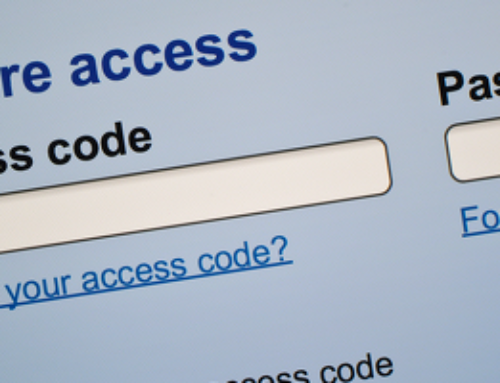Many clients like to keep their Federal Tax withholdings as low as possible to avoid the IRS having their funds interest-free throughout the year. Other taxpayers, especially those with non-payroll income, must make quarterly payments to the IRS. As long as these quarterly payments are made timely and the amount of the payments is sufficient in the eyes of the IRS you will not be subjected to underpayment penalties. However, if under paid, the IRS applies late payment penalties in addition to the income tax owed. This penalty applies even if you file your 1040 tax return on or before April 15th.
The Safe Harbor rule
The tax code has a basic set of rules to determine if you owe a late tax payment penalty. The rule is call The Safe Harbor Rule. Here is a recap of the rule. If you follow the rules, you can avoid any penalties.
- If your federal tax obligation is less than $1,000 no underpayment penalties apply.
- You withhold at least 90% of this year’s federal tax obligation.
- You withhold at least 100% of last year’s tax obligation
- If your gross income is greater than $150,000 ($75,000 if you are married filing separately) you must withhold the smaller of 90% of this year’s tax obligation OR 110% of the tax shown on last year’s tax return.
If you find federal tax withholdings made so far this year to be too low, what can you do?
Late Payment Penalty Avoidance Tip
If you are an employee there may be a way to avoid a penalty if you underpaid or neglected to pay your estimated tax payment for a quarter. Increase your payroll withholdings in later months of the year to build up your federal withholdings to cover the shortfall. Trying to catch up by paying more on your next estimated quarterly tax payment wouldn’t work since the prior quarter’s shortfall remains per IRS penalty calculations.
For whatever reason, in calculating a potential underpayment penalty, payroll withholdings are treated as if they were all made at the beginning of the year, while quarterly tax payments (form 1040-ES) are tracked by the date received.
To increase your withholdings simply provide your employer with a revised W-4. Just be careful that you leave enough in your paycheck to avoid other financial hardships.






